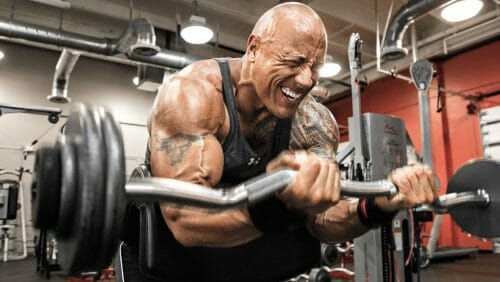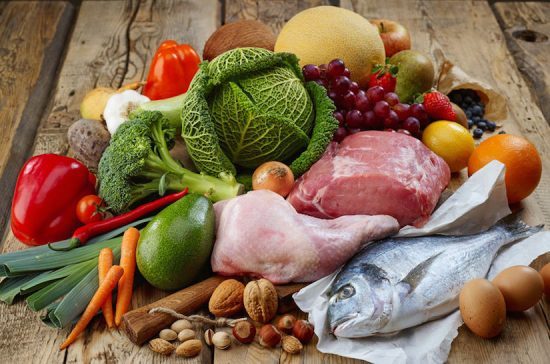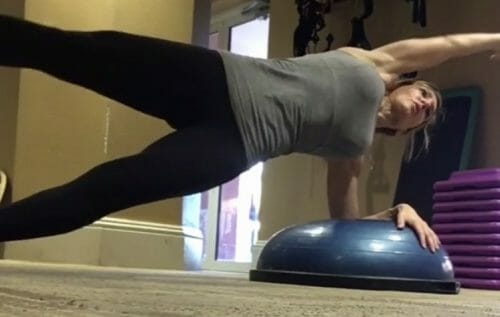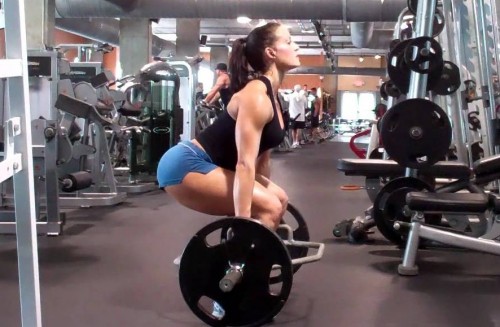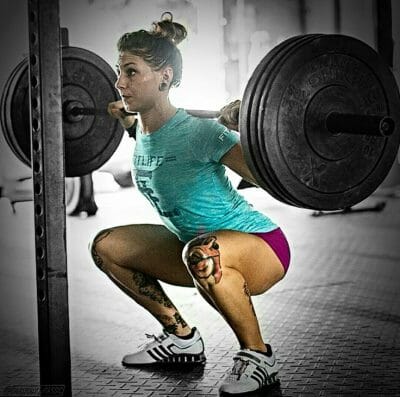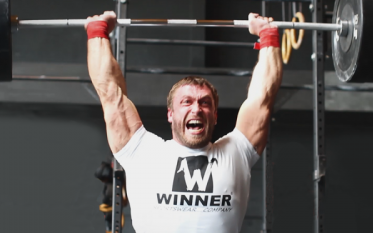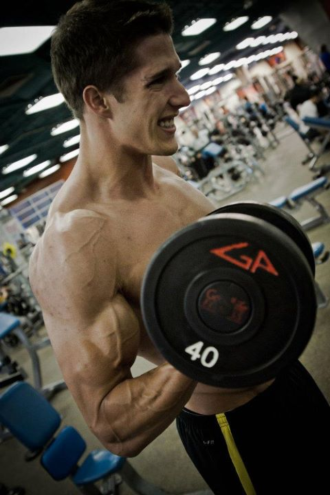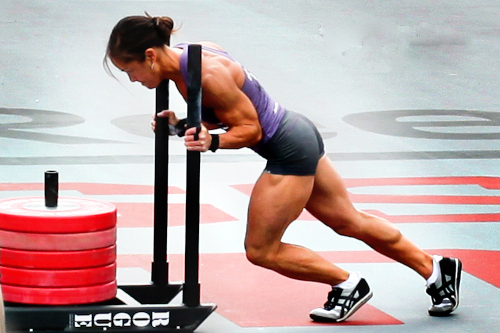Even though you haven’t found a way to lose weight, add muscle, and get stronger as you age, it doesn’t mean you’re doomed forever.
In fact, there’s a good reason why you here so many people complain about getting old and things change.
Exercises and diets that used to whip you into kickass shape no longer work.
It’s harder to add weight to the bar… Exercises you used to do cause pain in muscles you didn’t know existed… It takes you longer to recover from workouts.
Don’t stress; you’re not alone on this, and it also doesn’t mean failure is inevitable.
Instead, you have to do things smarter. Chances are, the information that got you to where you are now won’t work much longer.
I want you to go into this with an open mind. This article will show you how to make changes to your workout and diet to fight off ‘aging.’
Related: Prime Male Review: The Best Testosterone Booster For Older Guys
Weight Training After 40 Years Old: It’s Not Complicated
The industry as a whole wants to get you hooked on a special diet or supplement, so you rely on it. If you don’t believe me take a look at all the ads in the top fitness magazines.
Juice crazes, Keto diets, High carb, The Zone, Weight Watchers, Flexible Dieting all work — but most of them don’t work forever, and that’s the key.
What good is a 24 juice diet if you can’t maintain that and go right back to your old habits? Not good at all.
What about a workout program that drives you straight into the ground for six days per week and has you in the gym for hours?
Not only will you feel like garbage, but you and I both know that type of commitment isn’t going to last very long. Who has time for that? I know, I don’t.
Change Your Diet
The majority of your food intake (80%+) consists of whole foods and less processed foods. That means, choose real food over 100% prepared microwaveable dinner meals.
Of course, you can still eat some good food you enjoy. But if you want to feel and look good, it has to happen less often.
Here are a few easy, healthy nutrition tips that aren’t hard to master and won’t break the bank.
- Protein at every meal
- Veggies at every meal
- Carbs around your workouts
- Healthy Fats
- Lots of water
- Avoid foods that upset your stomach
As you get older, you can’t get away with scarfing down crap food. You may have been able to get away with it years ago, but not anymore.
Follow these easy nutrition rules, and you’ll start feeling better.
Get More Rest
Sleep is something a lot of us are skimping and rightfully so.
We’re busy with work, kids, family, friends, fun, the gym, alone time, and the list goes on. But here’s the thing.
When you sacrifice sleep, you’re setting yourself up for a disaster.
Unless you love brain fog, broken willpower to make terrible diet choices, decreased productivity, sky-high cortisol which wrecks havoc on your body, and so much more.
Not only are you going to feel like a sleepy, foggy, tired, brain-dead zombie, but you slow down your bodies ability to burn fat and gain muscle.
It’s a sure-fire way to run yourself into the ground.
Your goal should be to sleep 6-8 hours per night and make sure you allow enough recovery between working a muscle, 2-4 days.
Even in a busy world, aim for 7-8 hours of restful sleep, and you’ll feel much better.
Pick Joint-Friendly Exercises
As you age, your body starts showing signs of wear and tear, if you played a sport or were active for most of your life.
You’ll notice exercises you used to do and love can cause aches and pains immediately or last for days after.
You want to avoid this.
Now is the time to choose more joint-friendly exercises that don’t stress your tendons and ligaments as much.
There is a risk to reward ratio for all exercises, and you’d like to be on the safe side while still getting results.
There are still plenty of fun, efficient, and hard exercises that you can perform pain-free and get you excellent results.
If you can’t find new exercise variations, here are six different tricks you can use to make exercises more joint-friendly.
- Increase the target amount of reps
- Move them until later in the workout
- Decrease range of motion to decrease joint stress
- Increase range of motion to regulate the amount of weight
- Change grip, stance width to something less painful or harder
- Add intensity techniques like long pauses, 1.5 reps, slow eccentrics, etc.
Choose any combination of these to make these exercises harder or take stress off your joints.
Progressive Overload: More Than Adding Weight
Do more or better than last time.
That’s all progressive overload really means.
Most people refer to it as adding more weight or reps, but there are over 12 different ways to get better and keep making results without stalling.
If you find a program you enjoy, exercises that feel good, and can be consistent just make sure you are getting better in one of these 7 ways.
- Better form
- Increase range of motion, reps, set, how often you workout, speed/effort, or load
- Perform the same weight and volume but with less rest
- More work in the same time
- Same work in less time
- Decrease body mass (your weight)
- Add intensity techniques like drop sets, rest-pause, etc.
The key part is to be consistent with it.
The last thing you want to do is take weeks off of working out or your diet.
Now, this will affect you more than ever and is where most people get hurt.
Take a few weeks off and then jump back into their regular workout regimen only to tear a muscle.
Here are a few tips to safe consistency and injury free:
- Warm up before training
- Workout 2-4x per week with 48-72 hours rest (main session)
- Low-intensity cardio for health on off days
- 2-3 full body days, push/pull/legs, or upper/lower split
The person who can train the longest without getting injured wins.
Closing Thoughts
There isn’t a BEST diet or workout program for everyone over 40 years old to follow. It doesn’t exist.
What does exist, is smart training that will allow you to continue to see results even as you age.
Choose a program that covers the fundamental movement patterns: press, pull, squat, hinge, carry, rotate.
Find a workout you enjoy and that you can stick to for a few months.
- Get more rest
- Change your diet
- Use progressive overload
- Pick joint-friendly exercises
Trust me, you can keep getting better and if you do these things, you will.
If you have any questions, drop them in the comments below.
Joey Percia
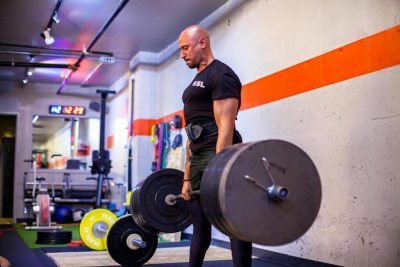
Joey Percia is a coach at a training studio in New York City and also runs a successful online training business. He is a competitive powerlifter in the 181 division and has totaled 1400lbs. Joey has a Masters degree in Exercise Science, is a CPPS coach, Westside Barbell Coach and CSCS. Follow him on Facebook, you will be glad you did.

